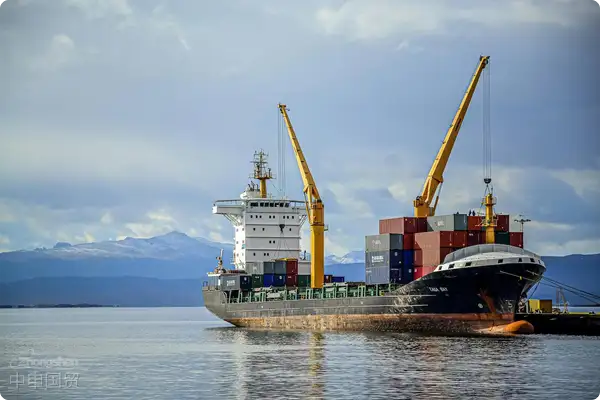- Shanghai Zhongshen International Trade Co., Ltd. - Two decades of trade agency expertise.
- Service Hotline: 139 1787 2118

Contents
ToggleNew Challenges in the Import Equipment Agency Industry
Against the backdrop of intensified global machineryEquipment ImportsThe market size is projected to exceed $2.3 trillion, yet the success rate of enterprises independently handling imports remains below 42%. The misclassification rate of HS codes for special equipment reaches as high as 28%, while claims for cargo damage due to non-compliant packaging have increased by 17% year-on-year. These figures highlight the growing necessity for professional agency services.
The Four Core Risks of Import Equipment Agency
- Regulatory compliance risk
- Extended CE Certification Requirements Due to the 2025 Update of the EU Machinery Directive
- German LFGBMedical EquipmentChanges to the Pre-Approval Mechanism for Registration
- Technical parameter misinterpretation risk
- Testing the Compatibility of Equipment Voltage Standards with Domestic Power Grids
- Localization requirements for safety protection devices
- Logistics operation risks
- The G-value control standard for precision instrument transportation (≤0.5g).
- Differences in Right-of-Way Approval Timelines for Oversized Equipment (Coastal vs. Inland)
- Hidden cost risk
- Linkage Calculation Model for Demurrage and Storage Fees
- Optimization potential for temporary tariff guarantee insurance rates
The value realization path of professional agency services
A case study of medical device imports demonstrates that professional agency services can reduce the customs clearance cycle from 28 days to 9 days:
- Completed FDA pre-submission review 3 months ahead of schedule.
- Customized design of temperature-controlled transportation solutions (±1℃ fluctuation control)
- Using tariff guarantee insurance to reduce capital occupation by 58%.
Three-dimensional Evaluation System for Proxy Service Selection
- Qualification verification dimension
- Qualification of Class AA Customs Declaration Enterprise
- Special Equipment Transportation Filing Certificate
- Service network dimension
- Distribution density of overseas inspection points
- Strategic layout of bonded warehouses
- Risk control system dimensions
- Pre-classification Accuracy Guarantee Clause
- Deductible setting for transportation insurance
Import RepresentationService Process Optimization Plan
- Pre - preparation Stage
- Pre-compliance review of equipment technical parameters
- Multi-scheme comparison and selection of transportation routes
- Execution Phase
- Flexible Application of the ATA Carnet
- Rapid response mechanism for port inspection
- Follow-up management phase
- 3-year import equipment ledger management
- Express channel for parts replenishment import
Industry Development Trends and Corporate Response Strategies
In 2025, the import equipment agency services will exhibit two major trends:The rise of specialized service providers in niche sectors.(such as specialized semiconductor equipment agency),Popularization of the whole life cycle management modelIt is recommended that enterprises establish a triangular communication mechanism involving suppliers, agents, and end-users, adopt a segmented service procurement strategy, and opt for specialized agent services in the core technical equipment segments.
Related Recommendations
? 2025. All Rights Reserved. Shanghai ICP No. 2023007705-2  PSB Record: Shanghai No.31011502009912
PSB Record: Shanghai No.31011502009912










